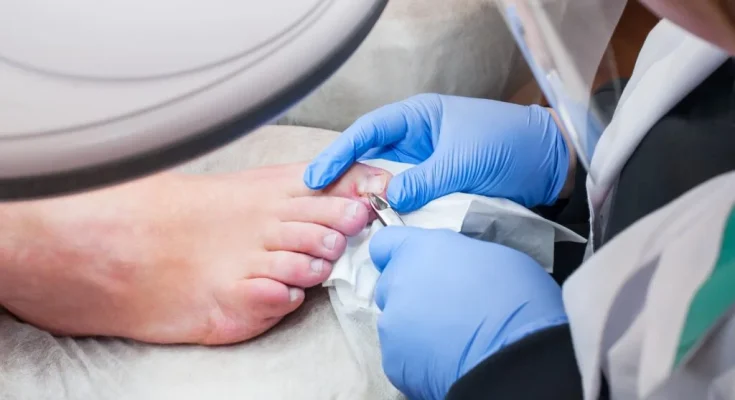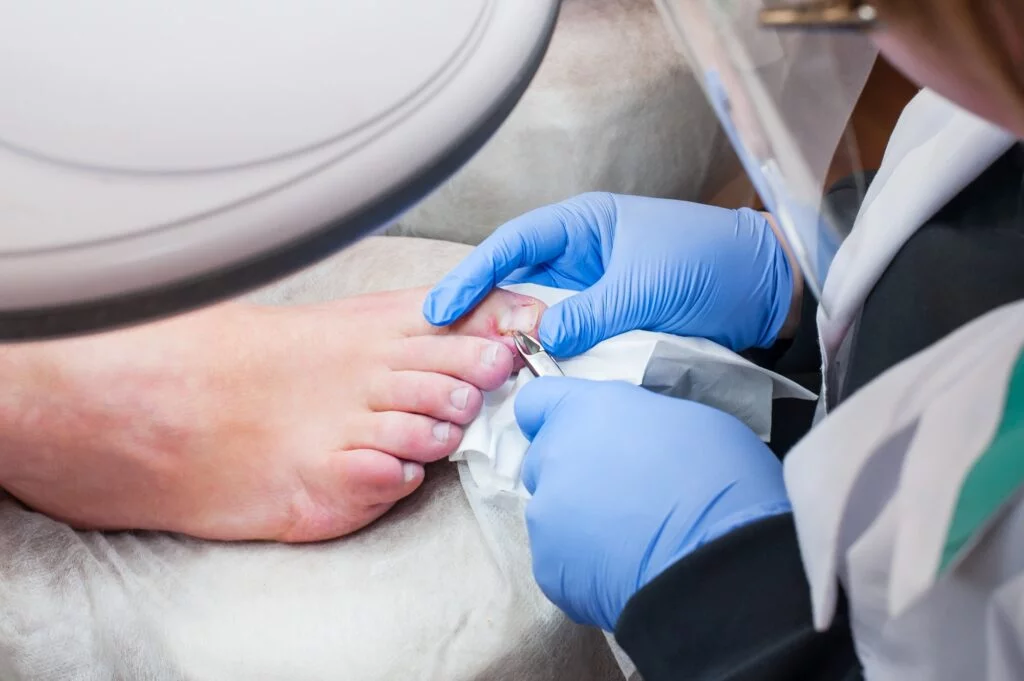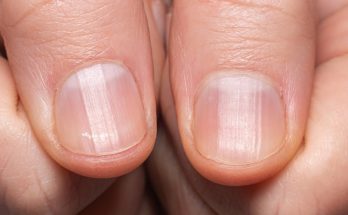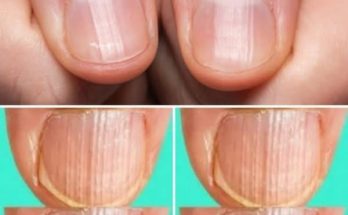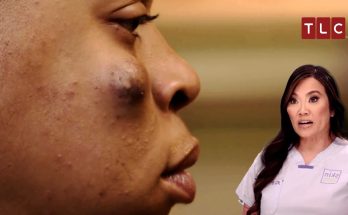Toenail Problems
Common toenail problems include splitting, peeling, or brittle nails, ingrown toenails, and fungal nail infections.
Minor toenail problems are common. At one time or another, almost everyone has caught a nail on something, causing it to rip, or has smashed in a door, leaving blood under the nail. These kinds of injuries can be quite painful but are usually not serious. You can often relieve pain and prevent infection of minor nail problems at home.
Normally, nails grow about one-tenth of a millimeter each day. Toenails grow at about one-half or one-third the rate of the nails. Aging and diseases that decrease blood flow to the hands and feet may slow nail growth.
Common toenail problems include:
- Splitting, peeling, or brittle nails. These are common problems that develop when your hands are frequently exposed to water, strong soaps, and other chemicals. You may be able to prevent some of these problems if you use lotion and avoid repeatedly putting your legs in water.
- Color changes – Little white marks (leukonychia) often appear after minor injuries. They may last for weeks or months and usually go away on their own. It is common for a nail to turn black after an injury. The black or purple-black color is caused by blood under the nail and will go away as the injury heals. Black, brown, or purple discoloration under a nail that has not been injured may be caused by melanoma.
- Changes in the shape or texture of nails, which may occur for a variety of reasons. Some nail changes, such as the formation of ridges, are normal with aging. Thick, brittle, or dark nails are more common in older adults who have poor circulation.
- Ingrown nails, which are often caused by improper trimming, tight shoes, or heredity. Your nails may grow into the surrounding skin, causing pain, swelling, and infection. In rare cases, an abscess may develop under a nail (subungual abscess).
- Separation from the nail bed. Once your nail separates from its nail bed, for whatever reason, it will not reattach. Nails grow back slowly. It takes about 6 months for fingernails and up to 18 months for toenails to grow back attached to the nail bed.
- Infection and allergic reactions. These are common problems caused by artificial nails.
- Fungal nail infections, which can vary in appearance depending on the type of fungus infecting the nail or the location of the infection. It is not unusual for fungal nail infections to follow athlete’s foot infections.
- An injury to a nail.
- Hangnails, which may lead to a minor infection next to your nails (paronychia), causing the skin around the nails to become swollen and tender.
- Side effects of medicines, such as chemotherapy and antimalarial medicines.
- Diseases of the skin, such as psoriasis and eczema.
- Skin growths, such as warts, cysts, and moles.
Post Views: 9
